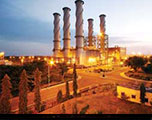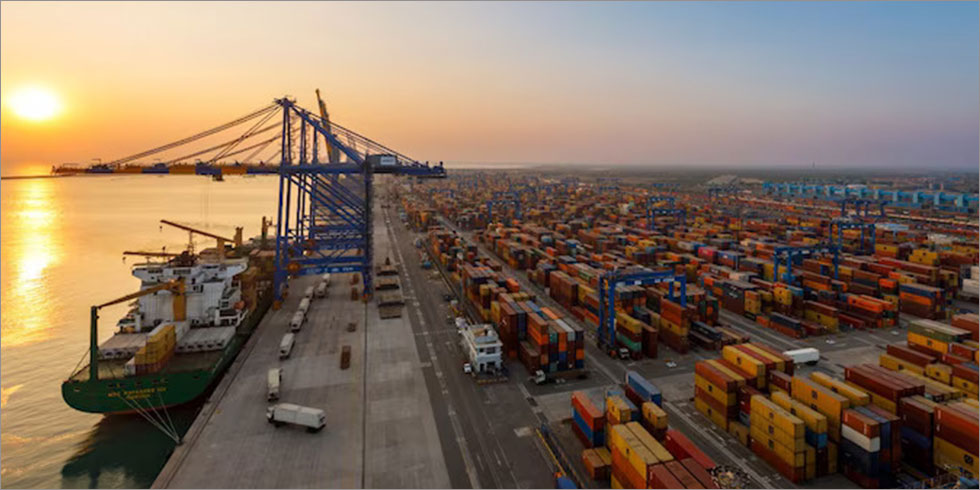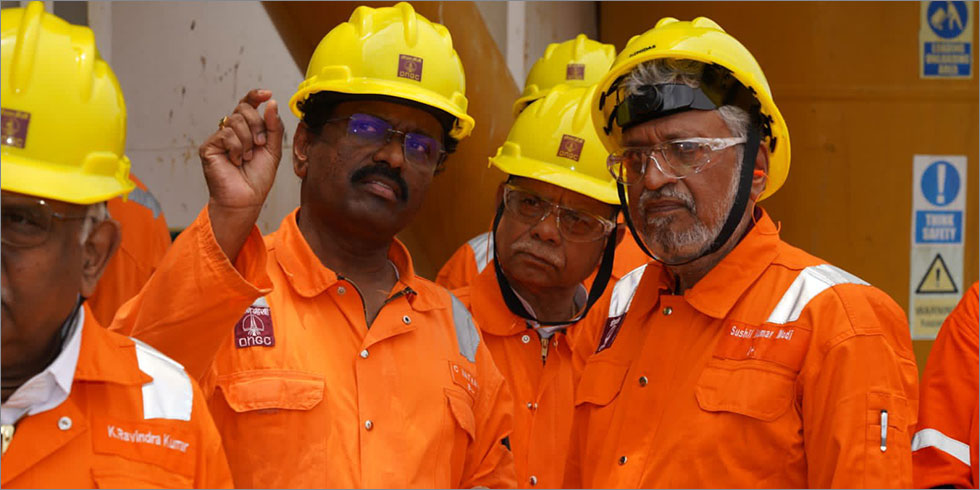India will open all 26 of its sedimentary basins to allow domestic and foreign investors to explore conventional and unconventional oil and natural gas resources in a bid to escalate its indigenous oil and gas production, reduce imports, and support a planned influx of renewable power.
Union Petroleum and Natural Gas Minister Dharmendra Pradhan told IHS Markit Chairman Daniel Yergin at the CERAWeek conference by IHS Markit, which is taking place in
Houston this week, that the measure is part of a strategy to nearly double India’s existing oil production from the current 80 million metric tons to about 150 million to 155 million metric tons by 2022.
Pradhan also said that Prime Minister Narendra Modi has set a goal to reduce the country’s soaring imports of oil and gas by 10% by 2022. India, which is the third-largest oil consumer in the world, says the imports threaten its energy security.
The government has introduced a number of reforms to its upstream sector. At CERAweek, an Indian delegation promoted the Hydrocarbon Exploration and Licensing Policy (HELP), which will open all its sedimentary basins to domestic and foreign investors.
“In the new model, government will not micromanage, micro-monitor with producers,” said Pradhan. “Government will only share revenue. It will be an open and regular affair,” he told reporters at a press briefing.
The policy will provide investors with ready access to a huge amount of seismic data available in a national data repository. It also seeks to provide investors with “flexibility,” allowing them to submit an expression of interest for their selected exploration blocks, which will be awarded through bi-annual bid rounds. The country will also require a single, uniform license for extraction and exploration for all types of hydrocarbon prospects.
Asked by Yergin if India’s objective was to use gas to take on coal’s share of electric generation, Pradhan said that India—one of the world’s largest producers of thermal coal—will continue to depend on coal in the long-term, but that gas would be imperative to balance variability posed by the 175 GW of new renewable power capacity India wants to install by 2022.
As of March 2016, about 61% of India’s installed capacity was coal-fired, 14% came from hydropower, 14% came from other renewables (mostly wind, followed by small hydro and biomass), 8% from natural gas, 2% from nuclear, and 1% from diesel. As POWER reported in February, the country wants to add 101,645 MW of new conventional capacity by 2022—85% of which will be coal-fired—but refrain from building new coal plants thereafter.
About 4,340 MW of new gas-fired generation was ready for commissioning or under construction as of March 2016, according to the Central Electricity Authority (CEA), but the country had been stricken by dire gas shortages. “The gas supply for gas based power stations in the country is inadequate and the country is facing huge generation loss,” the CEA said. “Presently, existing gas based power plants are operating at very low [plant load factor] of about 23% and [a] few gas based power plants are lying idle due to non-availability of natural gas.”
On Tuesday, Pradhan confirmed that India’s future power plans will include a “substantial amount of natural gas.”








Add Comment